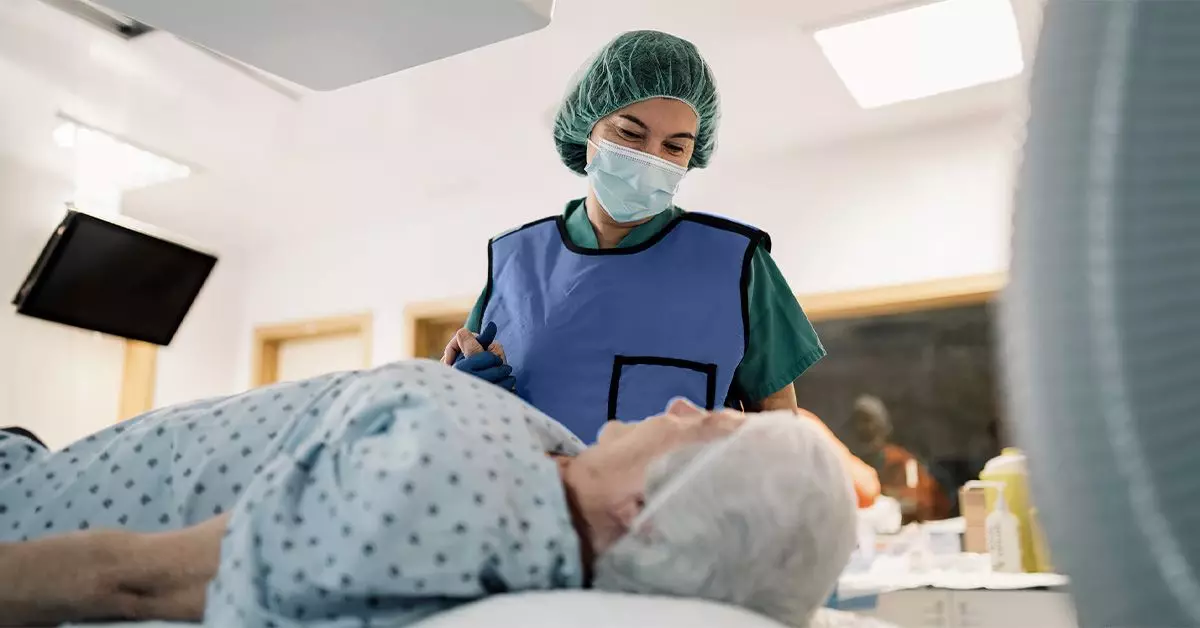Salivary gland surgery is a procedure performed to address various medical issues related to the salivary glands, which are crucial for daily functions like speaking, swallowing, and digestion. This surgery primarily targets tumors but is also employed to treat infections and other inflammatory conditions that may affect these glands. In this article, we will explore the types of salivary glands, surgical procedures, pre-operative preparations, recovery expectations, and potential risks associated with salivary gland surgery.
The human body has three major pairs of salivary glands: the parotid, submandibular, and sublingual glands. Each of these glands has distinct functions and anatomical locations. The parotid glands, located in front of the ears, are the largest and are responsible for producing the majority of the saliva. The submandibular glands, positioned beneath the jaw, and the sublingual glands, situated under the tongue, contribute to saliva production as well.
Saliva plays a vital role in oral health by aiding in digestion, keeping the mouth moist, and supporting speech. When issues such as tumors, infections, or chronic inflammation arise within these glands, surgical intervention may be necessary to restore normal function.
Salivary gland surgery is primarily performed in cases of tumors that develop in these glands. The parotid gland, in particular, is where approximately 80% of salivary gland tumors occur. A procedure called parotidectomy is employed to remove tumors from this gland. Surgeons must exercise precision during this operation due to the proximity of the facial nerve, which is crucial for facial movements such as smiling and blinking. An incision is typically made in front of the ear that extends downward along the jawline, providing access to the affected areas.
For issues ailing the submandibular glands, such as tumors, surgeons make incisions just below the jawline. This approach allows the removal of the gland along with any surrounding tissues that may be affected. The extent of this surgical procedure depends on the size and location of the tumor.
Surgery on the sublingual glands is slightly different; it generally necessitates an incision inside the mouth to remove the entire gland. This is essential when tumors or other abnormalities develop in this area. Post-surgery, patients may experience temporary numbness in the tongue, which usually resolves within weeks or months.
Proper preparation for salivary gland surgery is critical to minimize complications. Patients are typically advised to fast for at least six hours before the procedure, which reduces the risk of aspiration during anesthesia. In the hours leading up to surgery, only clear fluids are allowed, with a complete prohibition on solid foods.
Patients are often instructed to take a shower before surgery to ensure clean skin for the incision. They must also remove any jewelry, makeup, and contact lenses. Following these guidelines not only helps reduce infection risks but also ensures a smoother surgical experience.
Once the surgery is completed, the recovery process begins. Many patients can expect to stay at the medical facility for a few hours to a day, depending on their overall health and the extent of their surgery. Surgeons may remove any drainage tubes the morning after the operation, promoting a smoother recovery.
Patients will usually have stitches or clips that will need removal around a week post-surgery. It’s important to note that recovery can vary widely among individuals. Physical activity should be limited for about a week following surgery, and returning to work may not be feasible for two to three weeks in some cases.
Patients may require therapeutic support, including consultations with speech therapists, especially if they experience challenges related to speaking or swallowing after surgery.
Despite the benefits of salivary gland surgery, there are inherent risks, as with any surgical procedure. Surgeons must navigate delicate structures and nerves during these operations, and any inadvertent damage may lead to complications such as facial paralysis or impaired function in the affected areas. While most patients recover successfully, some may experience issues that affect their quality of life.
Salivary gland surgery is a significant medical intervention aimed at addressing serious conditions such as tumors and infections. Understanding the procedure, preparation, recovery, and associated risks can help patients make informed decisions about their health and well-being. It is essential to follow medical advice, attend follow-up appointments, and seek help for any complications or concerns that may arise during the recovery process.

